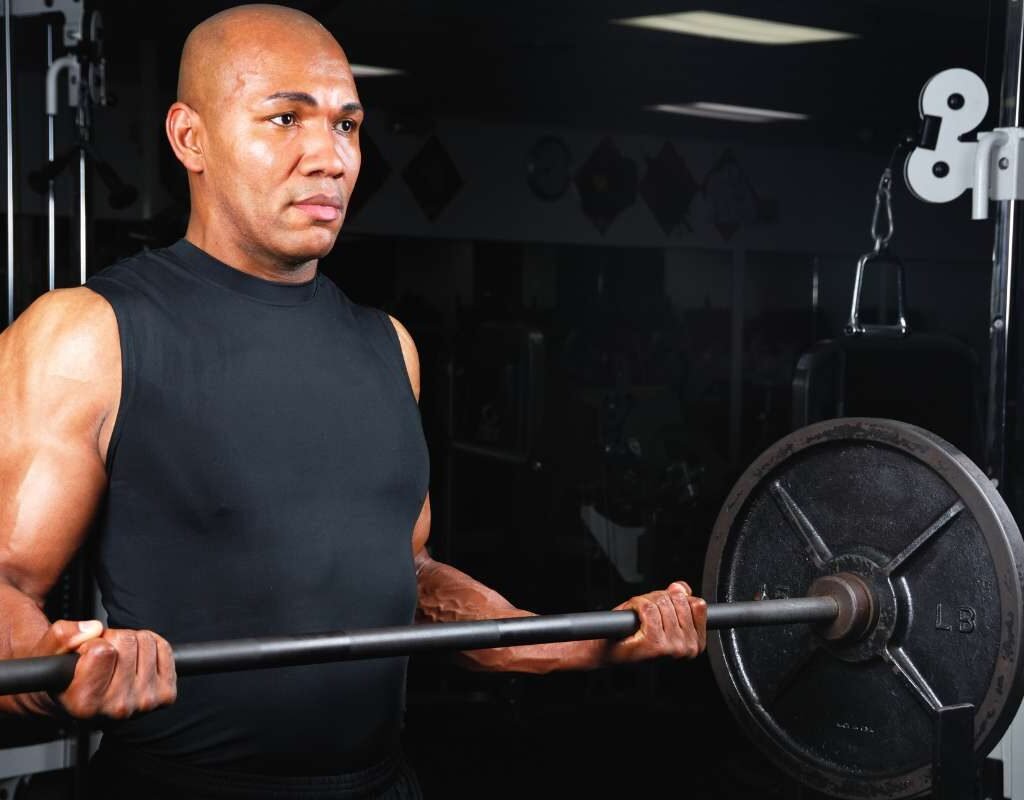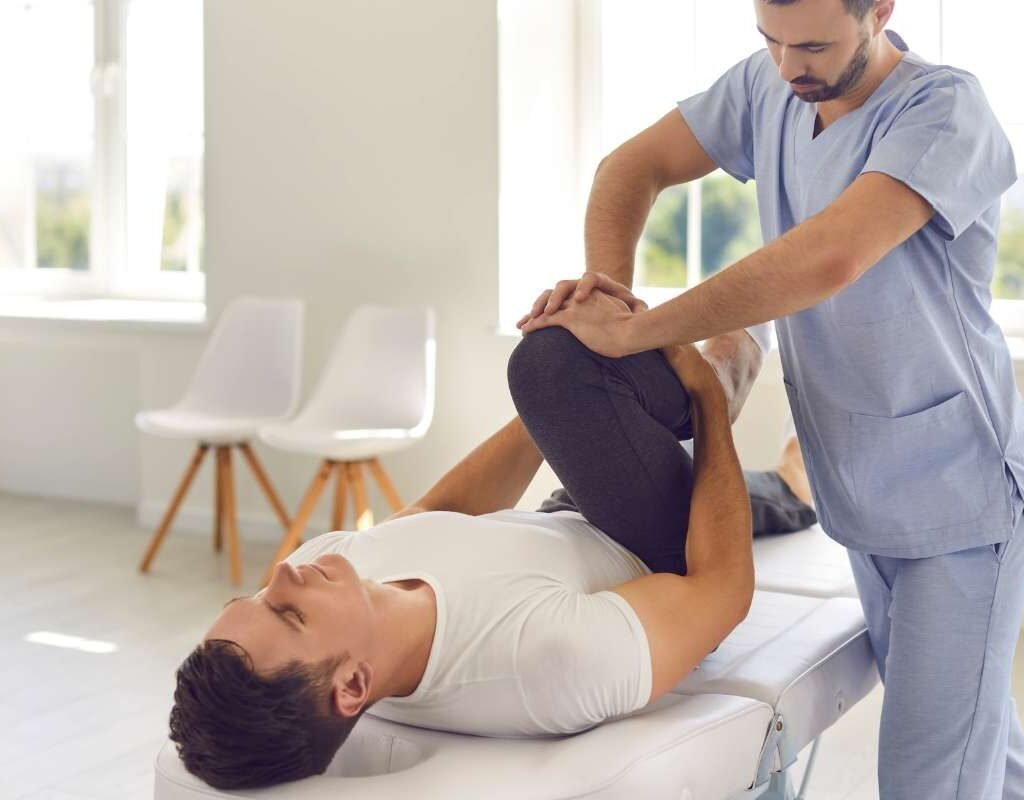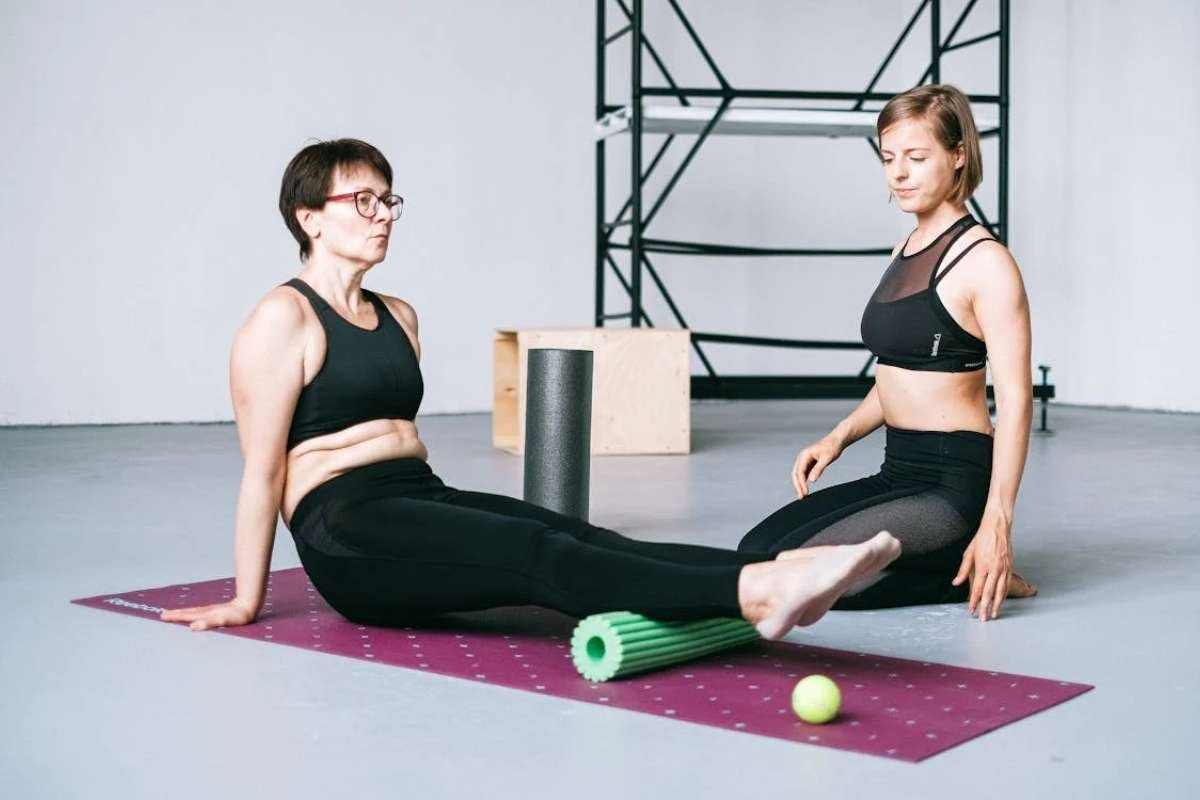Many injuries, from mild to moderate, can be recovered from in various ways. Of course, you don’t always come away fully unscathed, and sometimes the effects of an old injury can linger long after the initial impact. If you fall off your motorcycle while riding it and break your wrist, for example, you may need to have a titanium or stainless steel plate fitted to reinforce the bone structure and promote healing. Without any reason to remove it, this could be with you for your entire life.
This begs the question – is it possible to manage the physical effects of an old injury you experienced many years ago? For example, perhaps your rotator cuff is a little stiff thanks to an injury you experienced in your teens. Now, it’s important to consult with your doctor before anything else and be very wary of any spurious claims that suggest fixing you entirely. But it is possible to try out new treatments and access support as time goes on.
Old injuries, if they were not your fault, can be something you can still claim compensation over as well. Find top-rated personal injury lawyers to work on the case and you could finally get the mental reassurance you’ve been after all this time too. Take caution here, and address old injuries slowly and steadily. While some developments, such as regenerative medicine show massive promise, it’s always important to be mindful of your own situation and seek direct medical advice.
But provided you get the go-ahead from your doctor to try new therapeutic norms, which ones should you consider? In this post, we’ll discuss that and more:
Here are the new therapeutic guidelines related to the effects of an old injury:
1. Gentle Stretching

Image by SrdjanPav from Getty Images Signature
If you’re somewhat impeded in range of motion, small, gentle stretches can make quite the difference. The secret is to take it super slow – think of it like waking up a sleeping limb bit by bit by bit. You can start with basic movements that don’t hurt, maybe just for a few minutes each day. Some people find morning stretches work best, others prefer evening when their muscles are warmed up. Elastic bands of various strength types, loosest first, can help with rotator cuff issues. Just remember – if something hurts, that’s your body tells you to hold off a little. If it isn’t, keep the practice up.
2. Slow, Incremental Strength Building

Image by nojustice from Getty Images Signature
You don’t need to be Mr. or Ms. Olympia anytime soon, so you can be slow here. Think tiny steps, but with movements that promote full body strength. That can mean starting with simple movements using just your body weight, or super light resistance bands, as the goal isn’t to overcome it in one day, but to gently build up the surrounding muscle groups with good form. A lot of people find success adding just a little more challenge each week, and it’s why even those with arthritis have managed to help their bodies with compound barbell lifting. Just be sure to speak to a medical professional before you do.
3. Rehabilitation Classes

Image by studioroman
If you have occupational rehab classes in your area, which are more like guided learning sessions for your body, that can be a nice way to build strength gently. You’ll often find yourself in small groups with people dealing with similar issues, which can be pretty reassuring. The instructors usually have special training in helping people with old injuries, and they can show you moves you might never think of trying on your own, which is rather comforting too. Many classes use equipment like foam rollers or small balls to help you work on specific areas.
With this advice, you’ll be certain to re-address the effects of an old injury, and work on improvement where it’s possible to do so.









